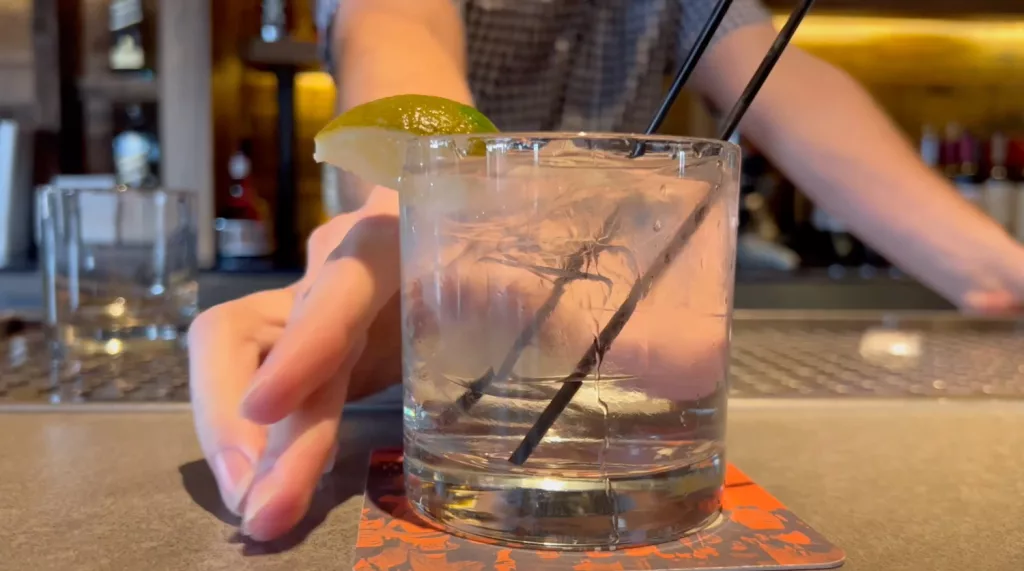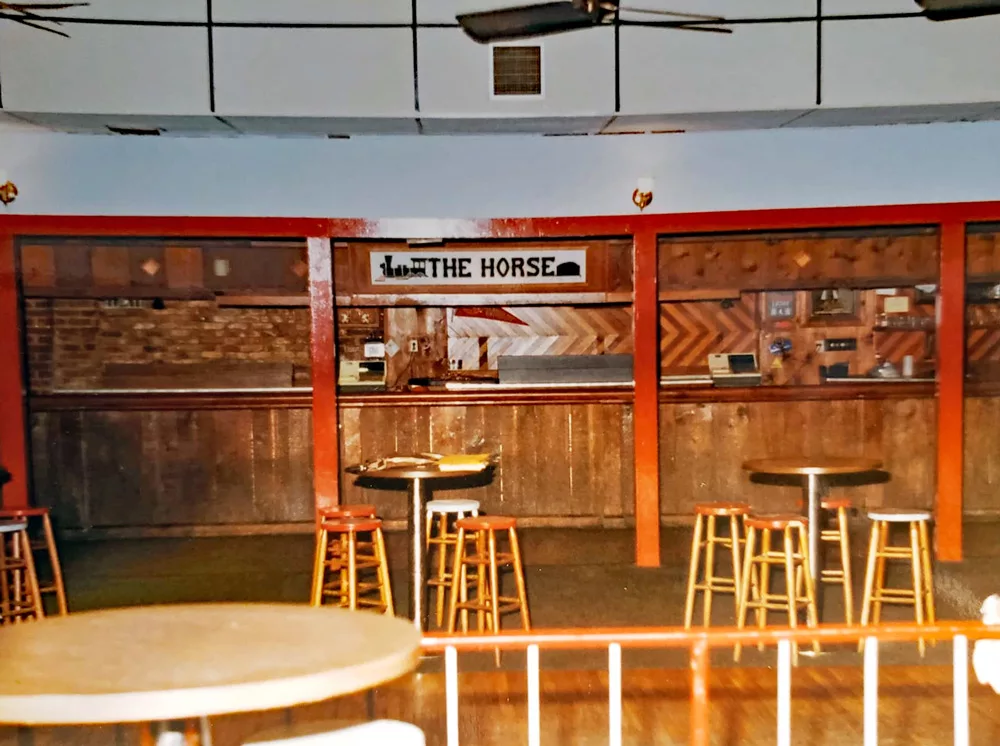Hangouts in the Bayou Region

Zoe Hebert Staff In South Louisiana’s Bayou Region, many hangout spots frequented by teens and young adults have closed or decreased in popularity over the decades. In the 1930s, teenagers were drawn to hangout spots that were simple like swimming pools, backroads, and parks. Located on the eastside of Houma, the Houma Airbase serves as […]
Club Scene

Victoria Davis- Abad Staff Whether it is disco balls shining down on the dance floor or colored lights strobing across the floor. There are people having fun with their friends or making new ones with strangers. While the club scene has changed over the years in the Bayou Region, it has remained a place of […]
Dancing

Quincy Evans Staff While dancing is popular with all ages, the dance scene has actually begun to dwindle due to changes in club atmospheres. More specifically, to some people, going out to bars and clubs doesn’t have the same appeal to them as it did in their youth. “See, back then, the dance scene was […]
Drinks by the Decade

Delaney Ligori Staff
Bars in the Bayou Region

Dominic Lasseigne Staff The bar scene was a centerpiece in the lives of Southeast Louisiana’s youth during the end of the 20th century. Every weekend, the young adults of Lafourche, Terrebonne and Assumption Parish would show up to their favorite bars and clubs for long nights of music, dancing, and drinking. The South Lafourche region […]
Before/After

Movies Southland Mall Cinema jet cinema Grand Theater HANGOUTS 3RD STREET FROSTOP ACTIVITIES WATERLAND USA WHEELS R ROLLIN
Keepsakes

Jeanne Marie Young photo editor As the local bars, clubs, entertainment, and hangouts have faded over the decades, often, all that’s left of them is the memories and memorabilia kept by the locals. While it can be difficult to recall a random Tuesday night spent in a bar years ago, many bars and hangouts utilized […]
Bowling in the Bayou Region

Kelby Toups staff In South Louisiana, bowling alleys created big communities that enjoy the sport both for casual and competitive players. However, with the decline in demand for these bowling alleys, there aren’t many locations left to enjoy. Creole Lanes is the only surviving bowling alley in the Houma-Thibodaux area. Located in Houma, Louisiana, Creole […]
Bowl South

Kelby Toups staff Bowl South of Louisiana was one of the few bowling alleys located in Houma from 1992 until the damage from Hurricane Ida in 2021 forced it to close. “It did not just tear apart the building, it also took away something that meant the most to the community,” says former Bowl South […]
Youth Survey

What Do Youth Want Today? A survey of 120 young people from four high schools and one university in the Bayou Region. Jace Paul Fanguy staff This semester, Grade Voir Ci looked at the declining activities for the more than 900,000 young adults and teens on the bayou. But one question has loomed, is there […]
